Depending on your field of work, ‘design thinking’ may be a familiar buzzword, or this might be the first time you come across the concept.
The term was first coined in the 60s and has been used by design teams for decades, but it’s a methodology that can be applied much more widely – from art to computer science to business – to create the most effective services and products for users. It could be developing an app, or rolling out a new system for employees. It could be choosing which sofa to buy for your apartment.
What is Design Thinking?
First things first, what do we mean when we talk about design thinking? Here’s the long story: design thinking is a solution-based, human-centered methodology for complex problem-solving.
Put simply, it’s a way to solve problems by understanding and prioritizing the needs of the people you are building solutions for. This might sound slightly self-evident, but it’s easy to get caught up in your own ideas and forget you’re solving a problem for others. By putting the end user’s needs first, you ensure that your final solution is tailored and useful to them in a way that a more ‘efficient’ or obvious solution may not be.
The process consists of 5 simple steps (more on this later!):
 Who’s it for?
Who’s it for?
It may be called design thinking, but that doesn’t mean it’s just for designers. There’s a long list of careers that can benefit from design thinking, including UX, UI and graphic designers, project managers, software engineers, entrepreneurs, marketers, and stakeholders of projects/companies. But the method applies to anyone who is interested in learning new approaches to solving problems, understanding their audience, and generating impactful ideas.
In particular, design thinking is useful to anyone involved in building or running a product or service for users, be that customers, employees, potential candidates, readers, or anything in between. But really it can be applied to any field, so try it out!
How does it work?
So how do you actually go about implementing design thinking in your daily life and work? Does it require office renovations, reshuffles, or specific tools?
Karolina Skalska is a Senior Design Manager at Delivery Hero, and has been using design thinking in her product team. “A pen, paper and an open mind, that’s all you need to start design thinking,” she says. “It’s not complicated. You can explain it with long words, but in the end it’s just a mindset shift.”
Design thinking heavily relies on both empathy with the user and user feedback. It’s crucial to understand the needs and wants of your ‘client’ in order to design a solution that works for them. Equally, you cannot know whether your solution works for someone until you check in with them. In other words, empathizing with the people you are building for helps you create a better product/service.
“Our perception is limited, we tend to focus on what we know, which is why feedback from users is so important!” Karolina notes. “You don’t want to be releasing something in a void, with no idea of what the reaction will be.”
As mentioned above, design thinking is roughly divided into five steps, although many steps intertwine and refer back to each other.
- Empathize: Set aside assumptions and understand the human needs involved. Get to know the user and their objectives.
- Define: Re-frame and define the problem in user-centric ways. Formulate a question from the perspective of the user, which you can start to answer in step 3.
- Ideate: Brainstorm lots of ideas and apply creative thinking to ideate the best solutions. Push past obvious ideas: we have a tendency to fixate on the first thing that comes to mind, but design thinking teaches you to keep going and explore all possible avenues before settling on any number of possibilities.
- Prototype: Experiment with possible solutions using a hands-on approach to prototyping. Turn ideas into tangible solutions and test them in a scaled-down version. Identify any flaws or highlights.
- Test: Test the prototype solutions with customers and incorporate their feedback.
It’s important to know that design thinking is not a linear process! These five stages don’t have to follow a specific order, they can often occur in parallel and be repeated. You can return or skip at any stage and use the elements you need. “Think of it as a toolbox,” Karolina says. “It’s not a manual that you have to complete from start to finish, but a set of tools to help you achieve the best results – looking at it that way will already improve your process.”
Karolina and her team hosted a Design Thinking workshop at Delivery Hero HQ on 28 November. Attendees tried their hand at some of the techniques and challenged their ways of thinking. Check out some pictures of the 2XChange event below. Follow our social channels to stay up to date about similar events.
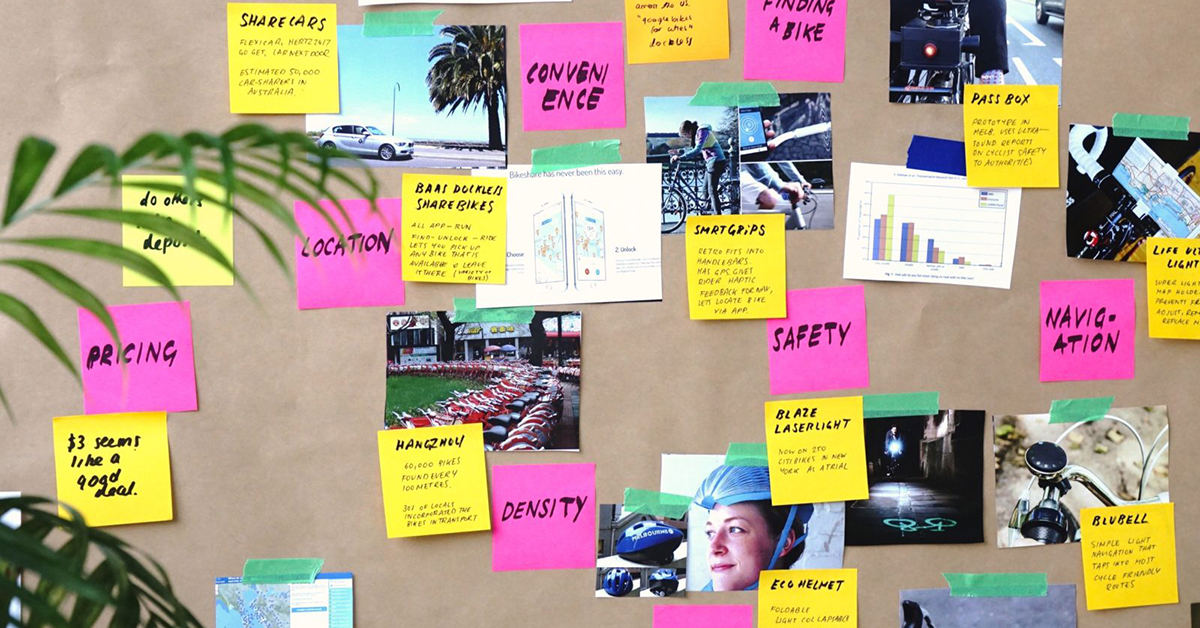
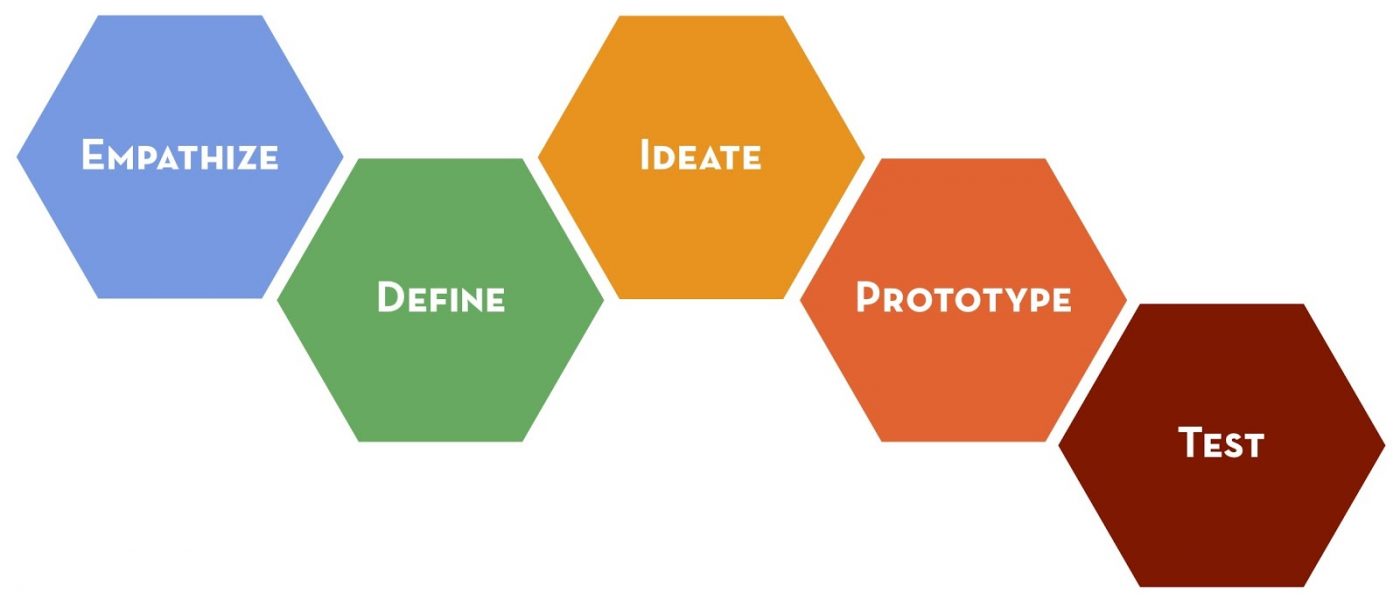
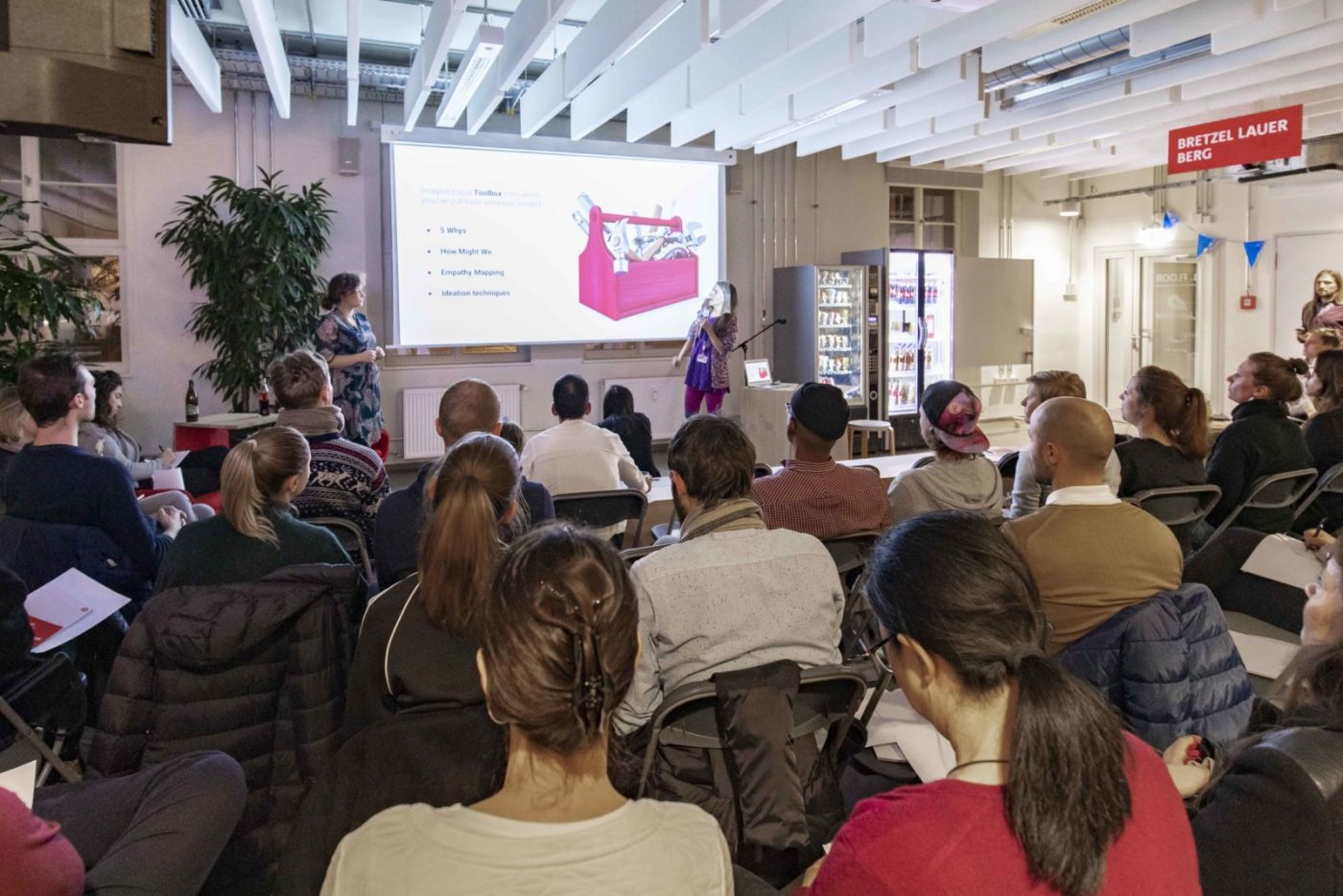

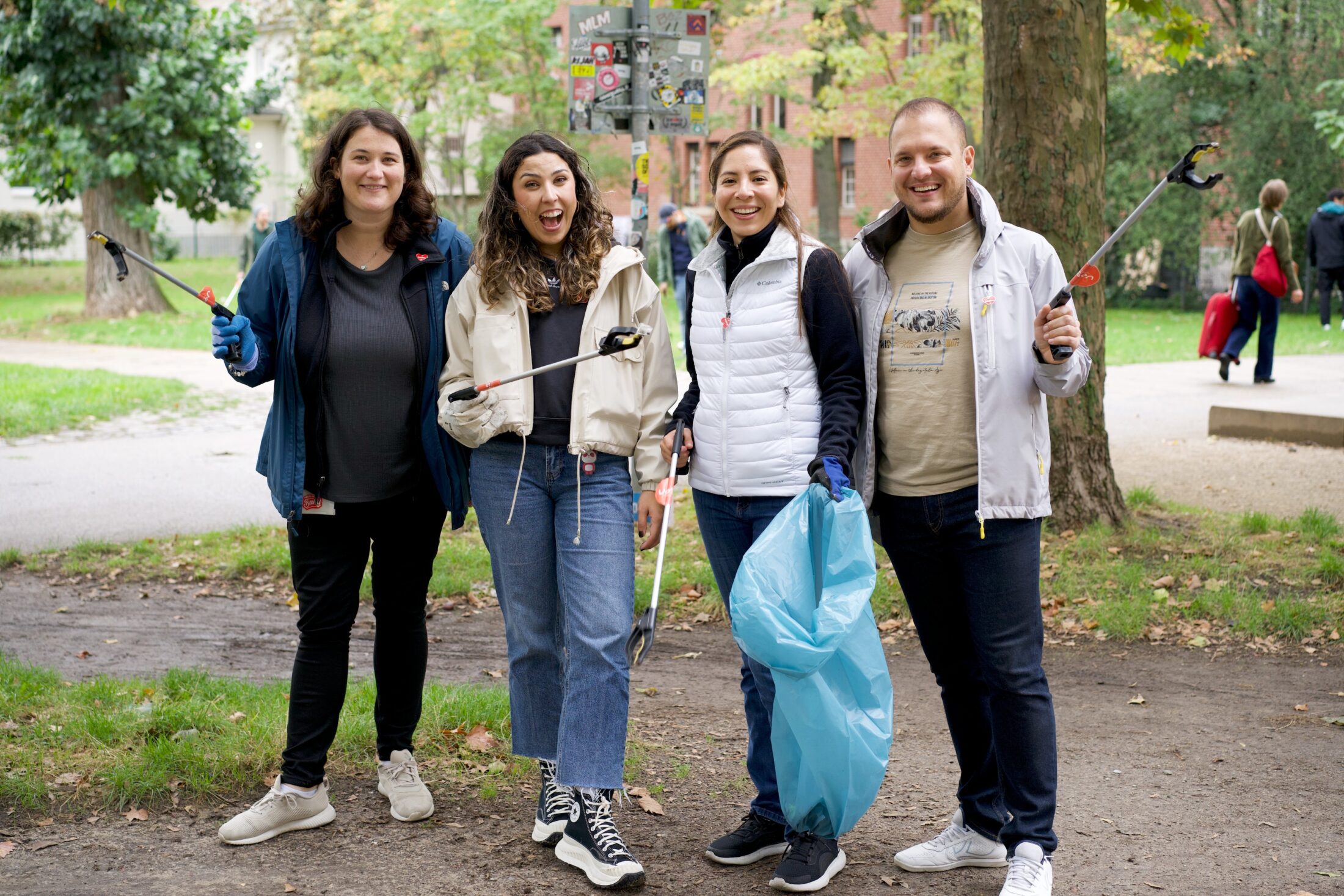

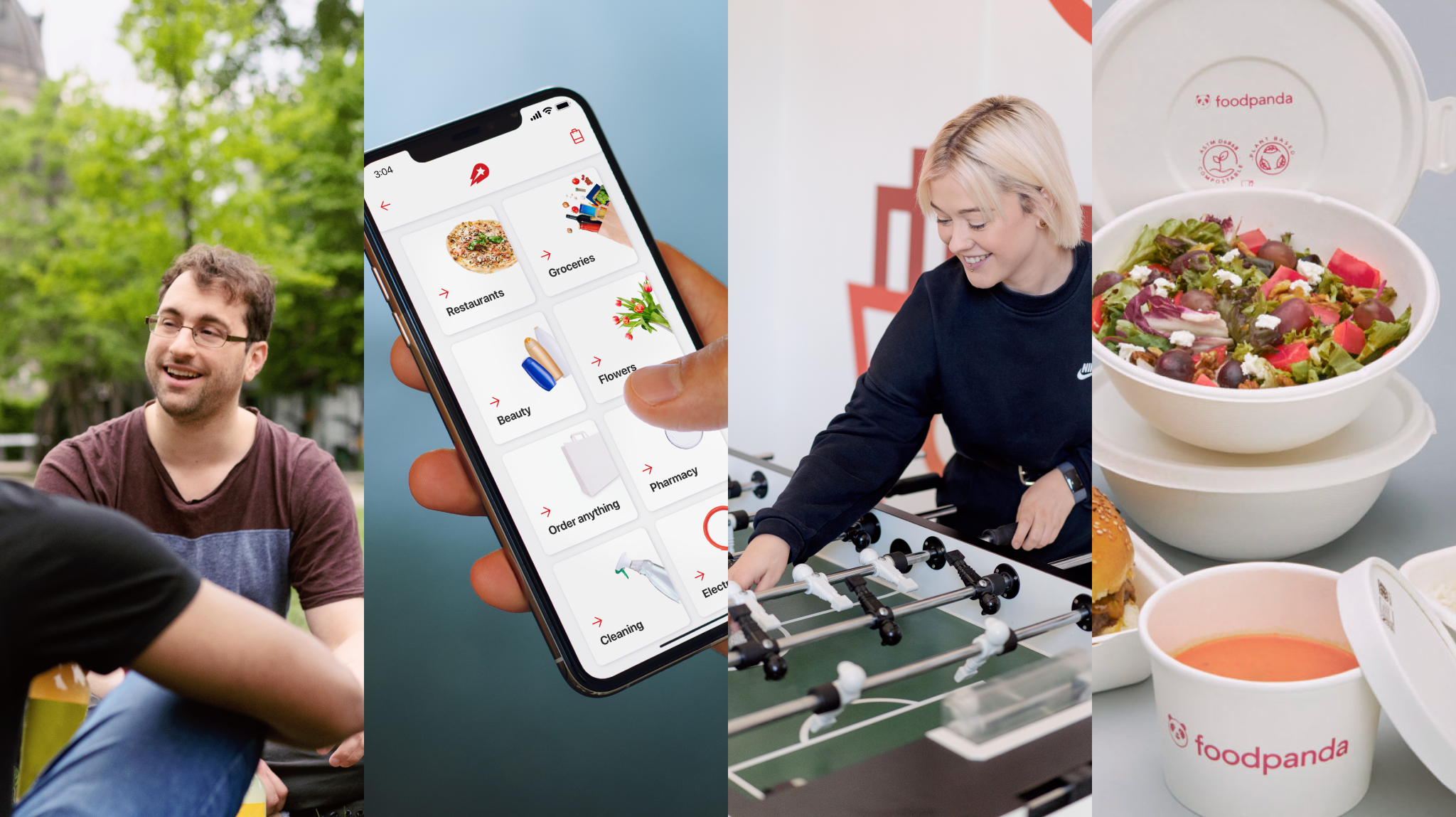
Share